Voltage and Frequency in appliances
ifoco
last year
last modified: last year
Featured Answer
Sort by:Oldest
Comments (17)
ifoco
last yearlast modified: last yearRelated Professionals
Bethpage Kitchen & Bathroom Designers · Clarksburg Kitchen & Bathroom Designers · Lafayette Kitchen & Bathroom Designers · Lockport Kitchen & Bathroom Designers · Martinsburg Kitchen & Bathroom Designers · Palm Harbor Kitchen & Bathroom Designers · Riviera Beach Kitchen & Bathroom Designers · South Farmingdale Kitchen & Bathroom Designers · Town 'n' Country Kitchen & Bathroom Designers · Avondale Kitchen & Bathroom Remodelers · Hickory Kitchen & Bathroom Remodelers · Westchester Kitchen & Bathroom Remodelers · Princeton Kitchen & Bathroom Remodelers · Hammond Cabinets & Cabinetry · Wells Branch Cabinets & Cabinetryifoco
last yearifoco
last yearkaseki
last yearwdccruise
last yearlast modified: last yearifoco
last yearifoco
last yearBlueberryBundtcake - 6a/5b MA
last yearlast modified: last yearifoco thanked BlueberryBundtcake - 6a/5b MAifoco
last year
Related Stories
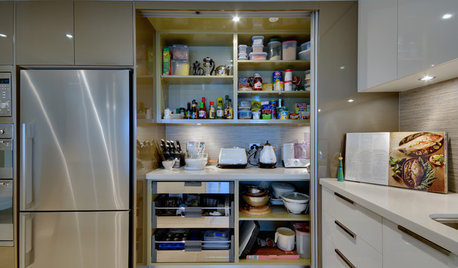
KITCHEN STORAGEMove Over, Soup Cans — the Kitchen Appliances Are Here
Design a pantry with room for mixers, coffeemakers and more, for less countertop clutter and handy access
Full Story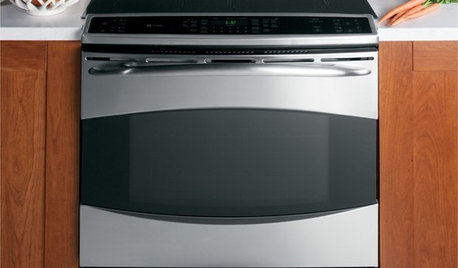
KITCHEN DESIGNHow to Choose Kitchen Appliances for Universal Design
Accessibility and safety features for kitchen appliances let everyone in on the cooking fun
Full Story
KITCHEN DESIGNA Cook’s 6 Tips for Buying Kitchen Appliances
An avid home chef answers tricky questions about choosing the right oven, stovetop, vent hood and more
Full Story
KITCHEN DESIGNEmbrace a Hot Trend With a Kitchen Warming Drawer
Serve food at just the right temperature with this increasingly popular appliance, coordinated to match your kitchen's style
Full Story
KITCHEN APPLIANCESLove to Cook? You Need a Fan. Find the Right Kind for You
Don't send budget dollars up in smoke when you need new kitchen ventilation. Here are 9 top types to consider
Full Story
KITCHEN APPLIANCESFind the Right Cooktop for Your Kitchen
For a kitchen setup with sizzle, deciding between gas and electric is only the first hurdle. This guide can help
Full Story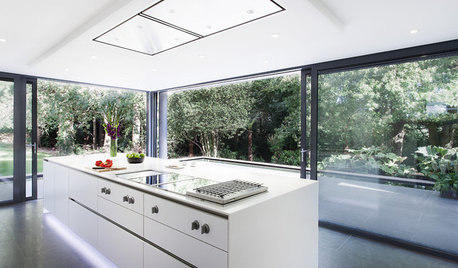
KITCHEN APPLIANCESDisappearing Range Hoods: A New Trend?
Concealed exhaust fans cut visual clutter in the kitchen
Full Story
KITCHEN DESIGNHow to Choose the Right Hood Fan for Your Kitchen
Keep your kitchen clean and your home's air fresh by understanding all the options for ventilating via a hood fan
Full Story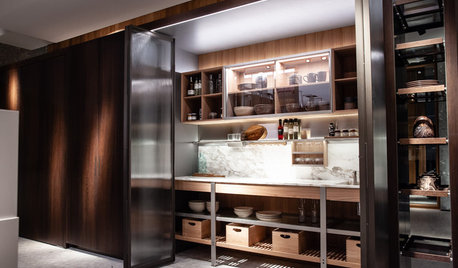
HOME TECHTop Kitchen Innovations From the Latest Fairs in Milan
Microkitchens, concealed burners and new oven technologies are some of the surprises for 2018
Full Story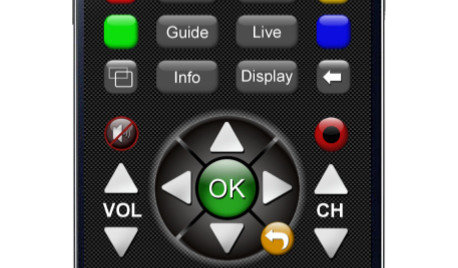
HOME TECHNew TV Remote Controls Promise to Do More — Without the Struggle
Dim your lights, set up user profiles and discover a remote you can't lose. Welcome to the latest and greatest way to change the channel
Full StorySponsored
Columbus Area's Luxury Design Build Firm | 17x Best of Houzz Winner!
More Discussions









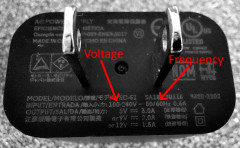
kaseki